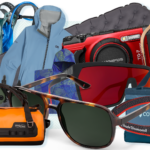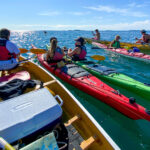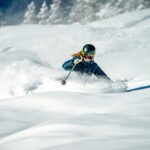Microchip Your Ski Day
Dave loved skiing, climbing and beer, which he drank in copious quantities after each near-death experience. We called him “Chopper Dave” since he spent so much time in helicopters—as a patient. Dave and I climbed and skied together all over the world. Life with Dave was a series of entertaining mishaps and near misses. He was a truly terrible skier, and only a marginally better climber. He was constantly lost, or about to be lost. He would be right there with the group one second, and the next, gone like a will-o’-the-wisp into the gloaming. Once, when I was barely 24 hours late from a classic north-face climb in the Alps, I returned to the campsite to find that Dave had sold my tent to pay for the beer he needed to drown his sorrow at my death.
If only we had possessed the following technology back then, Dave would have been a better skier and mountain man, rarely lost and, when he did get lost, more easily found.
CARDO PACKTALK SKI
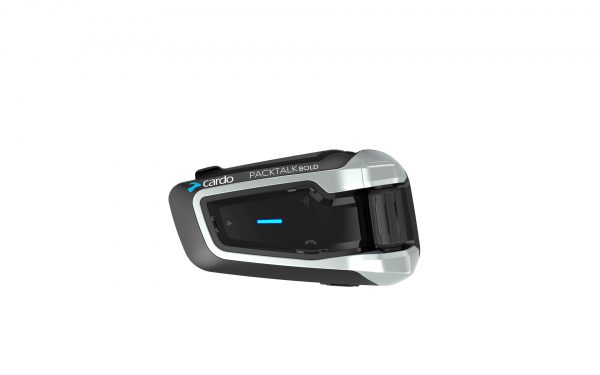
Billed as “The Ultimate Winter Sports Communicator,” these tiny radio units favoured by the motorcycle set are roughly the size of a box of matches and attach to the exterior of your helmet. They use ear buds and a voice-activated microphone to enable communication among a group of skiers. Syncing of the units is so simple that it happens before you even realize you’ve done it. A great feature of these devices is that each unit can be a repeater, meaning that even if the leader and tail ender do not have line of sight, say, on either side of a pass, they can still communicate since the intermediate units bounce the signal along the line. As well as using these while ski touring, we use them on a ski day with our kids, who no longer have any excuses to ignore us and also enjoy feeling like James Bond. US$199; cardosystems.com
SPOT GEN4
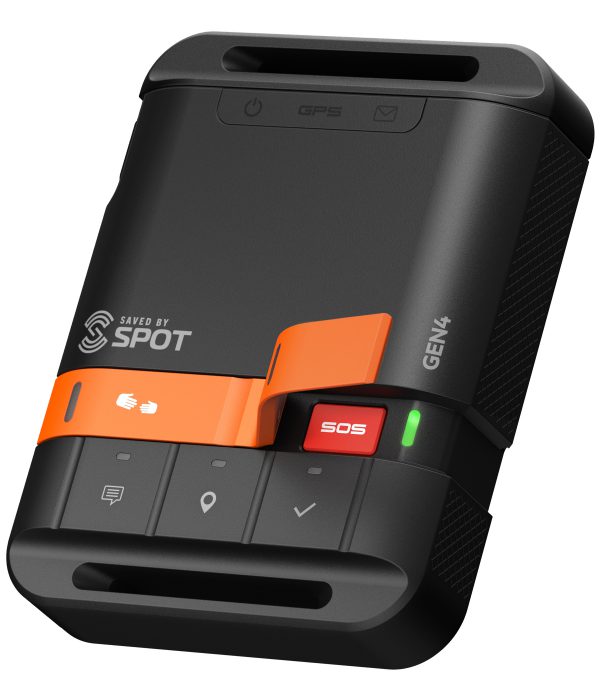
This marvelous little gadget, roughly the size of two of Dave’s cigarette packets, is a satellite communication device primarily designed to alert emergency services—anywhere around the world—when disaster strikes.
Since the device uses satellites rather than cell phone towers, coverage is pretty general, except in dense tree cover and deep, narrow valleys. The Gen4 boasts some basic non-emergency messaging features: while still in civilization you can enter a message to be sent to a particular cell phone from an agreed location. It also has an Assist function to tell those who need to know that you’re not about to die, but a little help would be nice. This function doesn’t allow you to let the recipient know what kind of non-urgent assist you need but you could pre-program several alert levels for your keepers back home. We felt good knowing we had the SPOT Gen4 on our two-week adventure last season. $190; findmespot.ca
GAIA GPS
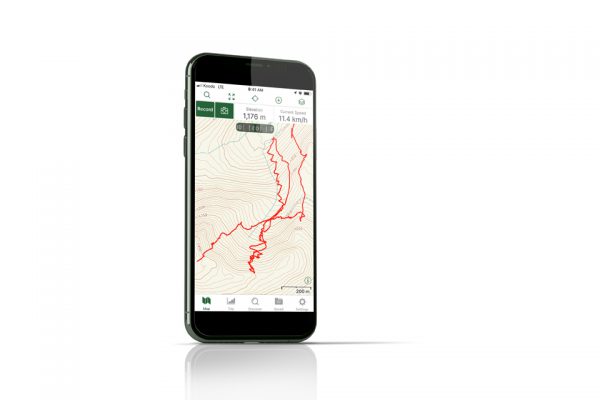
Poor Dave famously once got lost in a whiteout. He found himself stumbling into a snowbank as night fell and decided to dig a small snow cave in which to spend the night. He dug his cave, threw in his pack and took a last look into the murk before entering. As he looked up, a family cruised slowly past in their car, the occupants peering interestedly down at him, quietly locking their doors. Dave would have benefited from GAIA GPS.
The GAIA GPS map app is one of many that brings GPS functionality to your cell phone. With staggering accuracy, GAIA displays your position on a government-issue topographic map, enabling you to not only figure out where you are, but also how to get home. The only downside, of course, is battery life, though since the app uses the GPS chip in your phone, you can switch to airplane mode to conserve your battery and turn off tracking when not needed. If you’re out for a few days, take a bulk battery to maintain charge. US$40/year; gaiagps.com
CARV
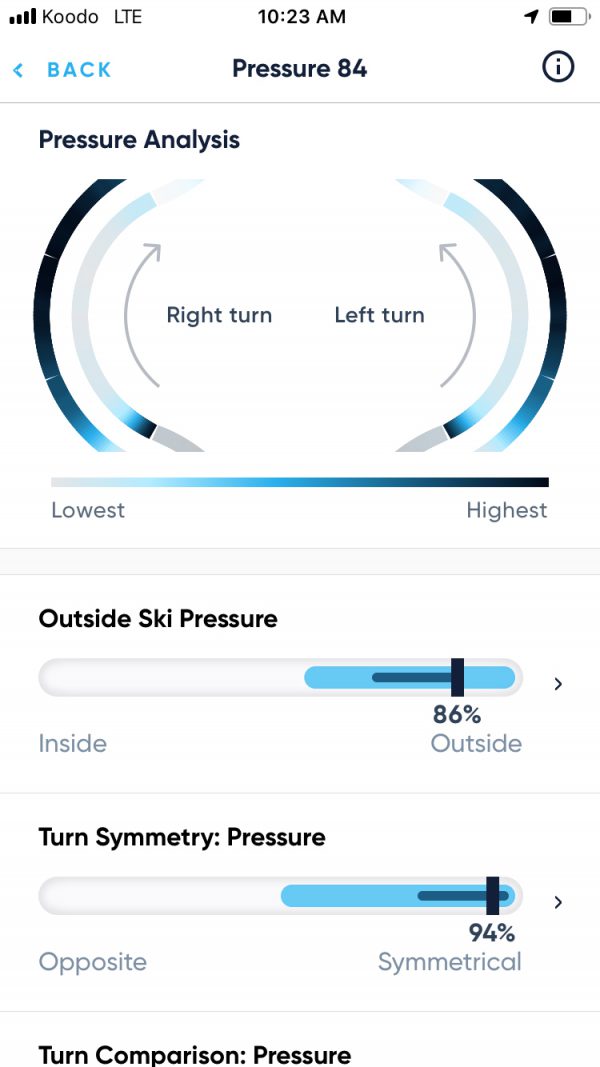
Billed as a “Digital Ski Coach,” the Carv consists of a 2mm-thick insert that is attached to the inside of your boot, plus a couple of transmitters that sit on the back of your boot and sync to your phone. Had Dave had a set of these he would have been able to get crystal-clear feedback on his balance, timing, edge angle and other aspects of his skiing.
Carv’s functionality is superb, and information is presented in a non-technical manner to allow ease of use for those who want to improve their skiing and don’t have a huge amount of technical understanding. Before skiing each day, simply turn the units on, fire up the app and let it track your progress through the day. It’s fun to look at, say, the balance between skis and notice how patterns begin to appear. The device and app allow you to go pretty deep into the CARV world, taking on fun challenges and setting goals to work toward. US$399; getcarv.com
SKIERLAB

This membership site is great for those who are keen to improve their skiing. It works well as a stand-alone training tool, or can be used to great effect as a complement to your CARV units.
Skierlab provides a range of diagnostic tools that sit well alongside CARV to help you interpret and act on the data your units provide: CARV may tell you that you’re out of balance, while Skierlab’s movement analysis tool and drill library will tell you what to do about it practically. For those who want to take it to the next level, paid-for personalized coaching plans can be created by working with a dedicated ski coach, plus other options to upload video and join ski discussion forums. $88/year or $12/month; skierlab.com
